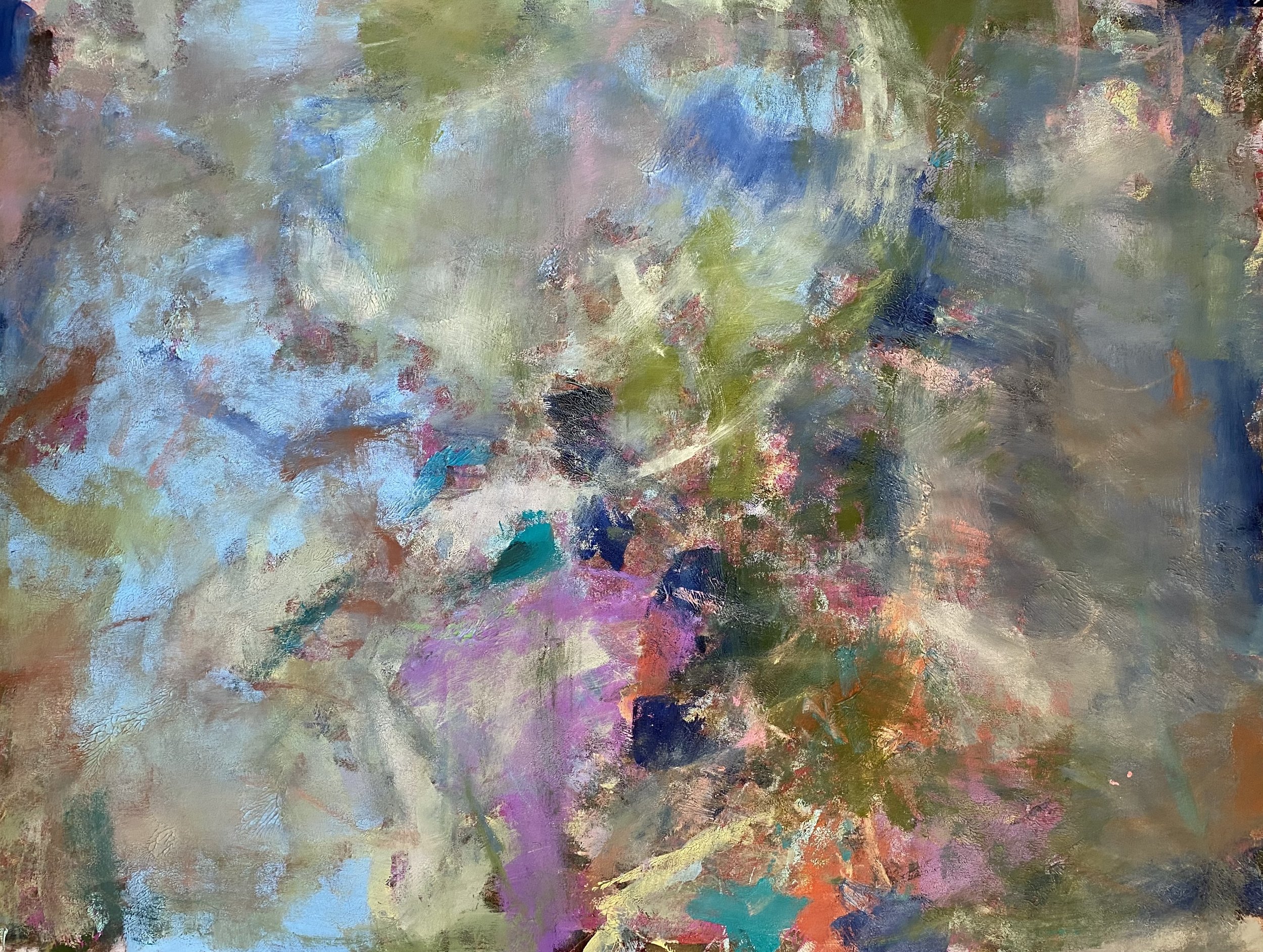
An Atom Awakens
Awakening isn’t a single moment—it’s an unfolding, a chain reaction that shifts everything it touches. Just as an atom holds immense potential before it splits, we carry vast reservoirs of unrealized energy, waiting for the right spark. There’s a quiet tension between who we’ve been and who we’re becoming, a pull toward something greater that demands trust, surrender, and courage. True transformation isn’t forced—it ignites from within, setting off a ripple effect that reshapes our reality.

No Shortcuts to Meaning
Healing isn’t a straight path, and anyone who tells you otherwise is selling something. This post dives into the raw, unpredictable nature of transformation—the setbacks, the breakthroughs, the moments you swear you’re back where you started. But this winding road is the only one that leads to something real. It’s about embracing the depth of your journey, not as a problem to fix but as a life to fully live.
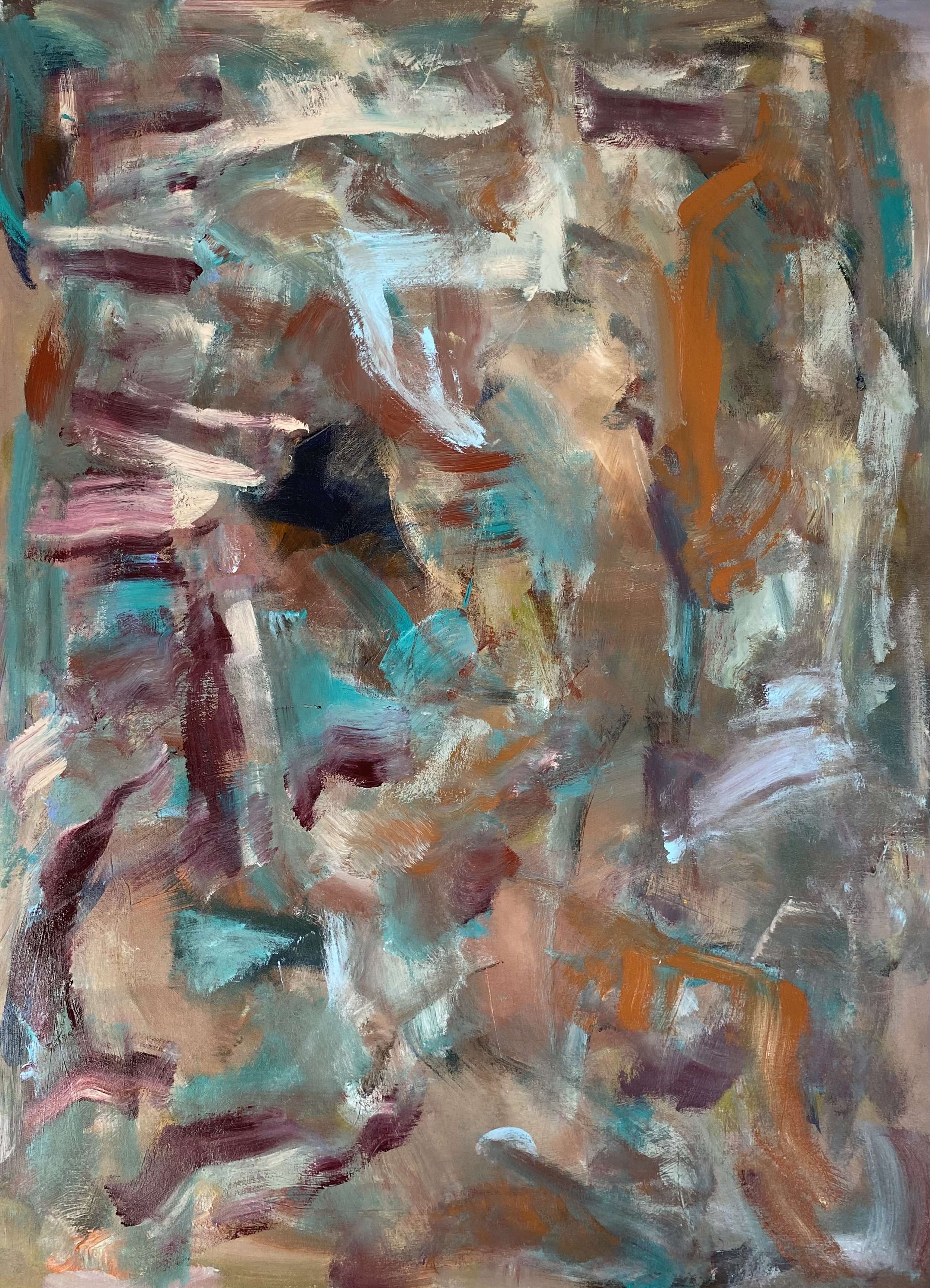
Ancestral Body
Our bodies hold the imprints of those who came before us—their struggles, resilience, and unspoken stories woven into our DNA. Generational trauma doesn’t just live in memory; it shapes our nervous systems, our fears, and the ways we move through the world. But inheritance is not destiny. We have the power to break cycles, transmute pain, and reclaim what was lost. Healing isn’t just about the self—it’s an act of defiance, a rewriting of the future.

How Much You Loved
The heart is more than a symbol of love—it is an intelligence, shaping perception, memory, and healing in ways science is only beginning to understand. In both ancient traditions like Chinese medicine and modern research, the heart is seen as a seat of wisdom, guiding us beyond rational thought and into deeper knowing. This piece explores the heart’s role in healing—not as sentimentality, but as a force of fierce honesty, presence, and transformation.
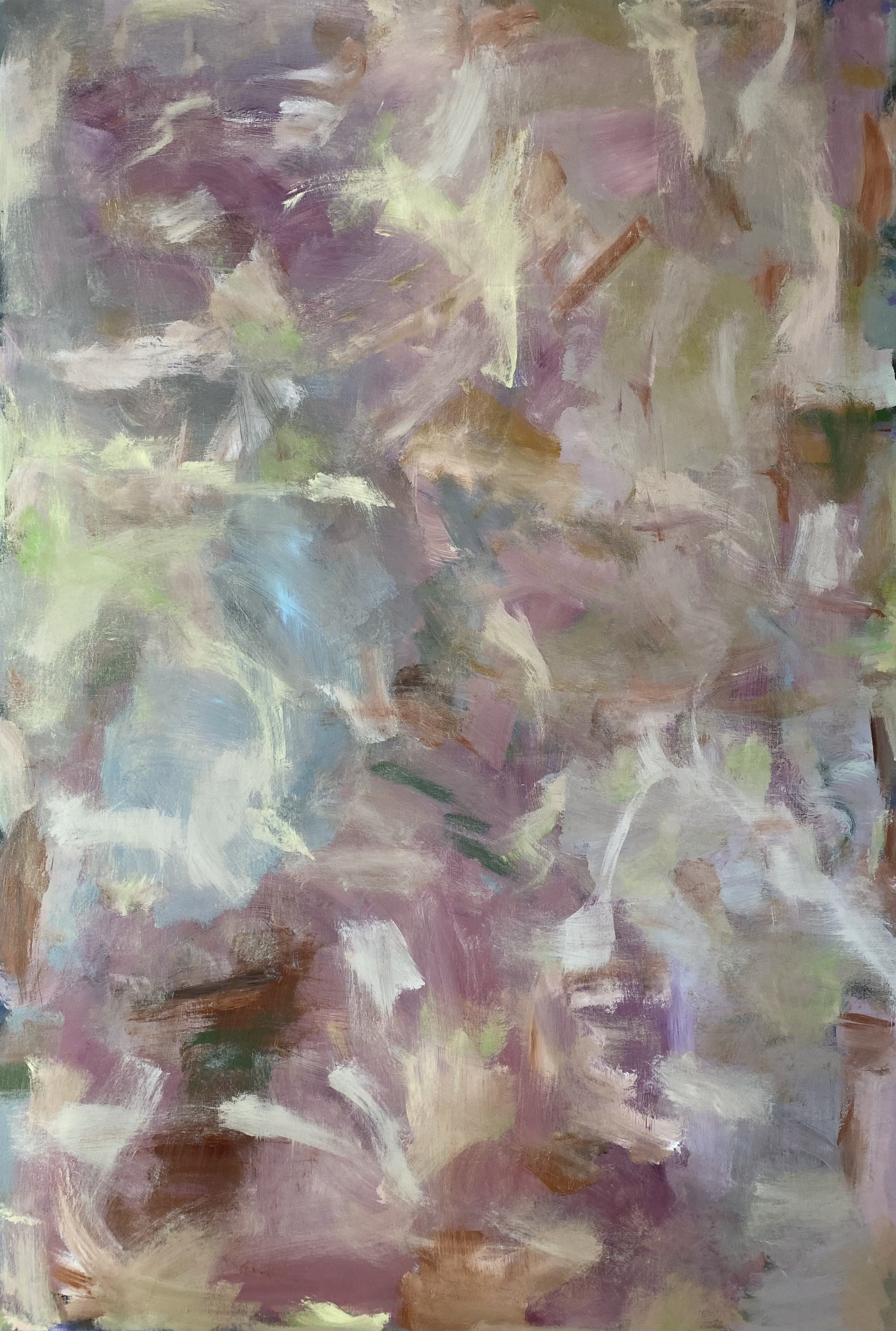
Speak Slowly
Trauma moves fast—it overwhelms, floods, and leaves us disconnected. Healing, on the other hand, is a process of slowing down, making space, and allowing the nervous system to recalibrate. Speaking slowly, both to ourselves and others, becomes a powerful tool for self-soothing and reparenting, helping us feel safe enough to process what was once too much. When we honor our natural pace, we regain clarity, emotional balance, and a deeper connection to ourselves. Healing isn’t about forcing forward—it’s about learning to move with presence and intention.
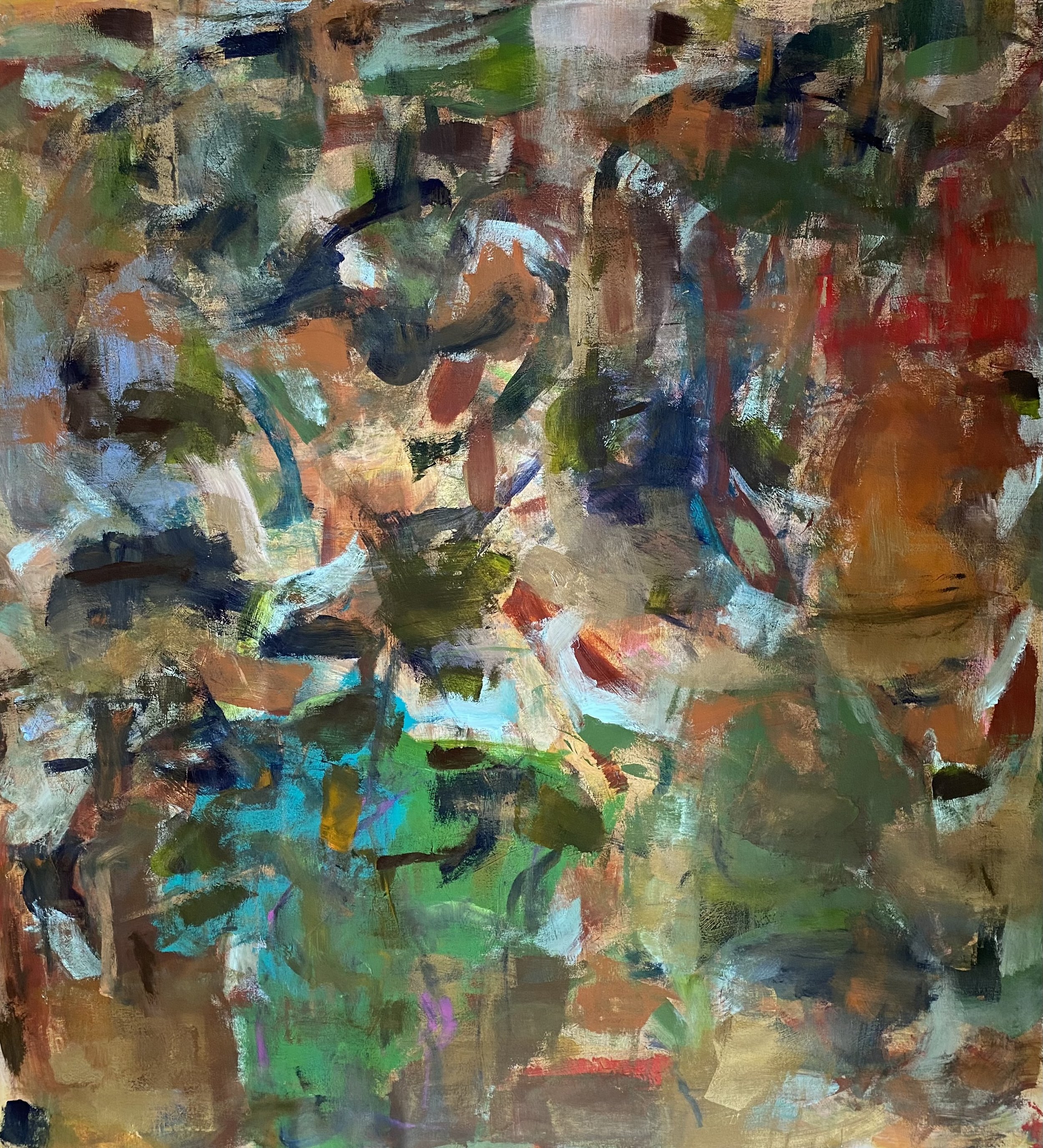
Rage and Courage
Anger isn’t the enemy—it’s the fire that reveals truth, fuels movement, and sets us free. When we learn to work with it instead of fearing it, anger sharpens our vision, strengthens our boundaries, and mobilizes us toward change. The Bhagavad Gita speaks of righteous anger—the force that compels us to stand against oppression. But when anger is ignored, it festers, turning into depression or explosive harm. Healing helps us reclaim anger as a generative force, one that fuels both personal and collective liberation. Rage and courage are inseparable—the key is learning to wield them wisely.
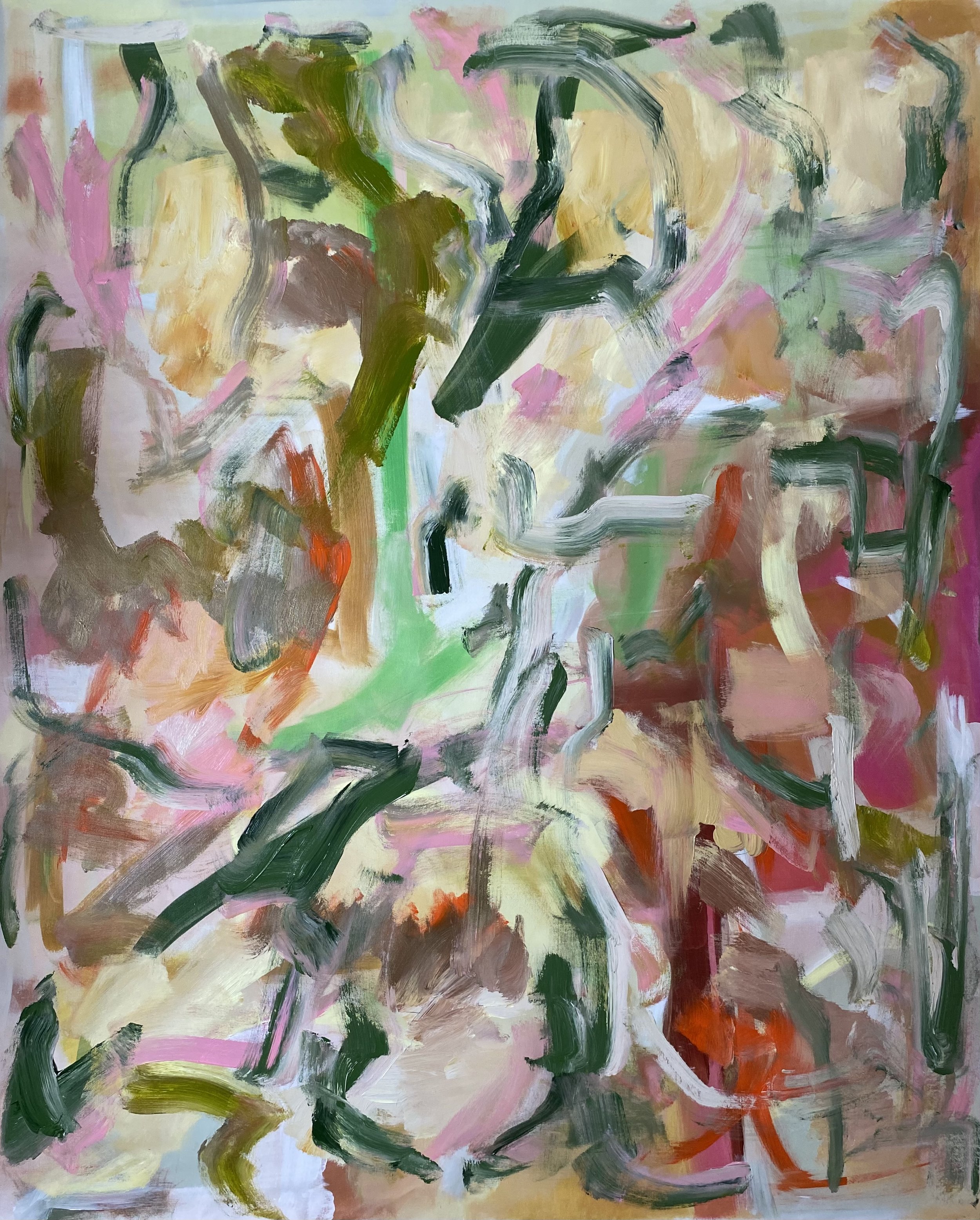
Amor Fati
Amor fati—the love of fate—is a radical shift in how we engage with pain, trauma, and adversity. Instead of resisting life’s challenges, we embrace them as fuel for transformation. This isn't about romanticizing suffering but about using every experience, even the painful ones, to evolve. By shifting from victimhood to agency, we rewire our nervous system, making healing possible. Amor fati teaches us that strength isn’t just about endurance—it’s about adaptation, integration, and reclaiming our power. When we stop fighting our story and start owning it, we turn pain into possibility.

Stoic Mind
A Stoic mind is a foundation for deep healing and transformation, offering resilience in the face of pain, uncertainty, and change. Rooted in discipline and self-mastery, Stoicism teaches us to focus on what we can control—our thoughts, perceptions, and actions—while letting go of what we cannot. This shift from reactivity to intentionality allows us to engage with healing not as something happening to us, but as a process we actively shape. Whether overcoming trauma, chronic pain, or emotional turmoil, a Stoic mindset cultivates the steadiness needed to endure discomfort, rewire the nervous system, and reclaim personal power.
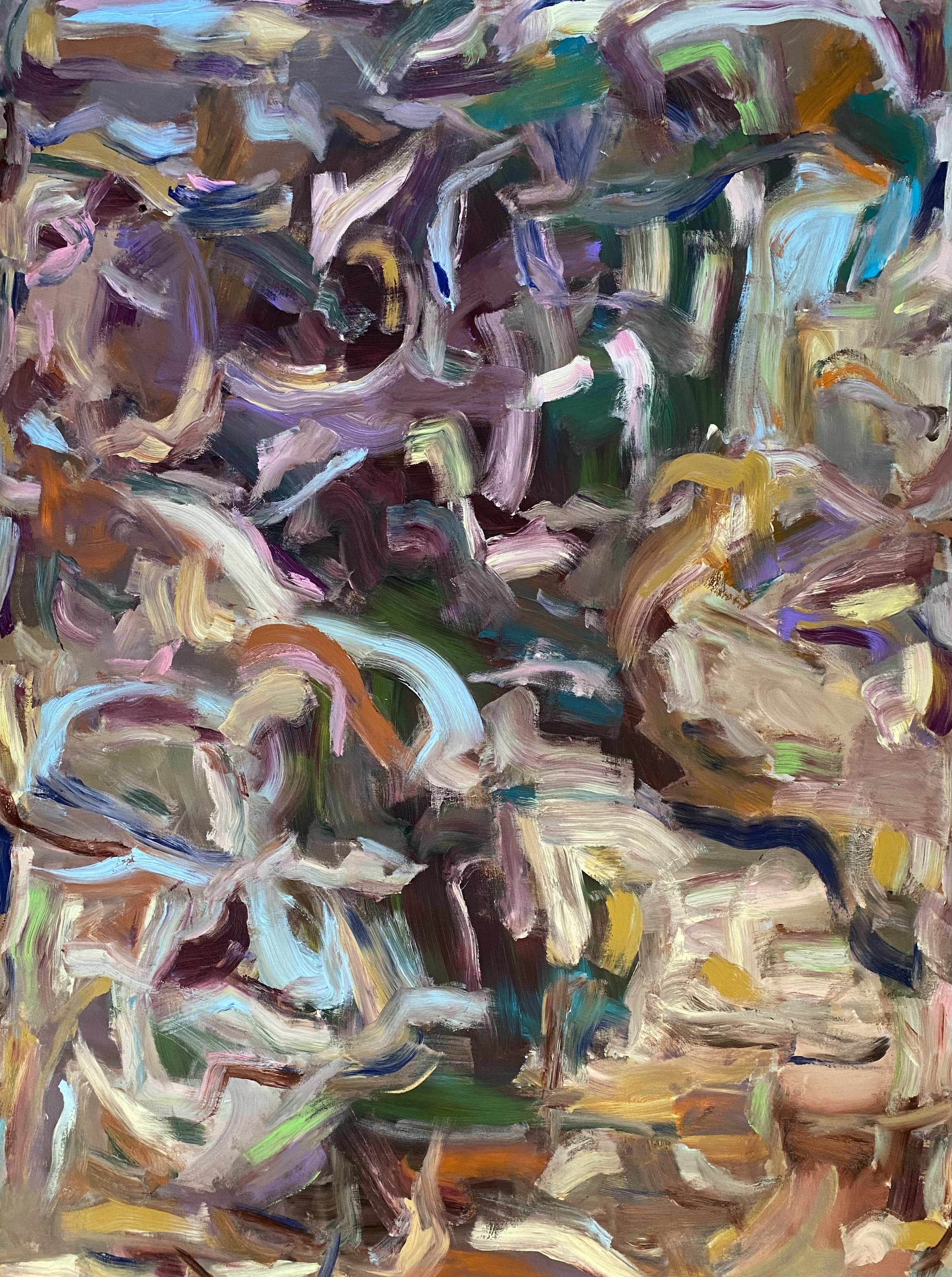
Extinction burst
Healing—whether personal or collective—is never linear. It spirals, revisiting old wounds just as transformation is within reach. Right now, we are in a collective extinction burst—the last desperate grasp of collapsing power structures, flaring up because they are losing, not winning. The violent resistance to progress, the tightening grip of failing systems, the chaos before reorganization—this is the contraction before the breakthrough. Just as personal healing expands our capacity to hold what once felt unbearable, collective healing depends on each of us doing the inner work to reclaim our wholeness.